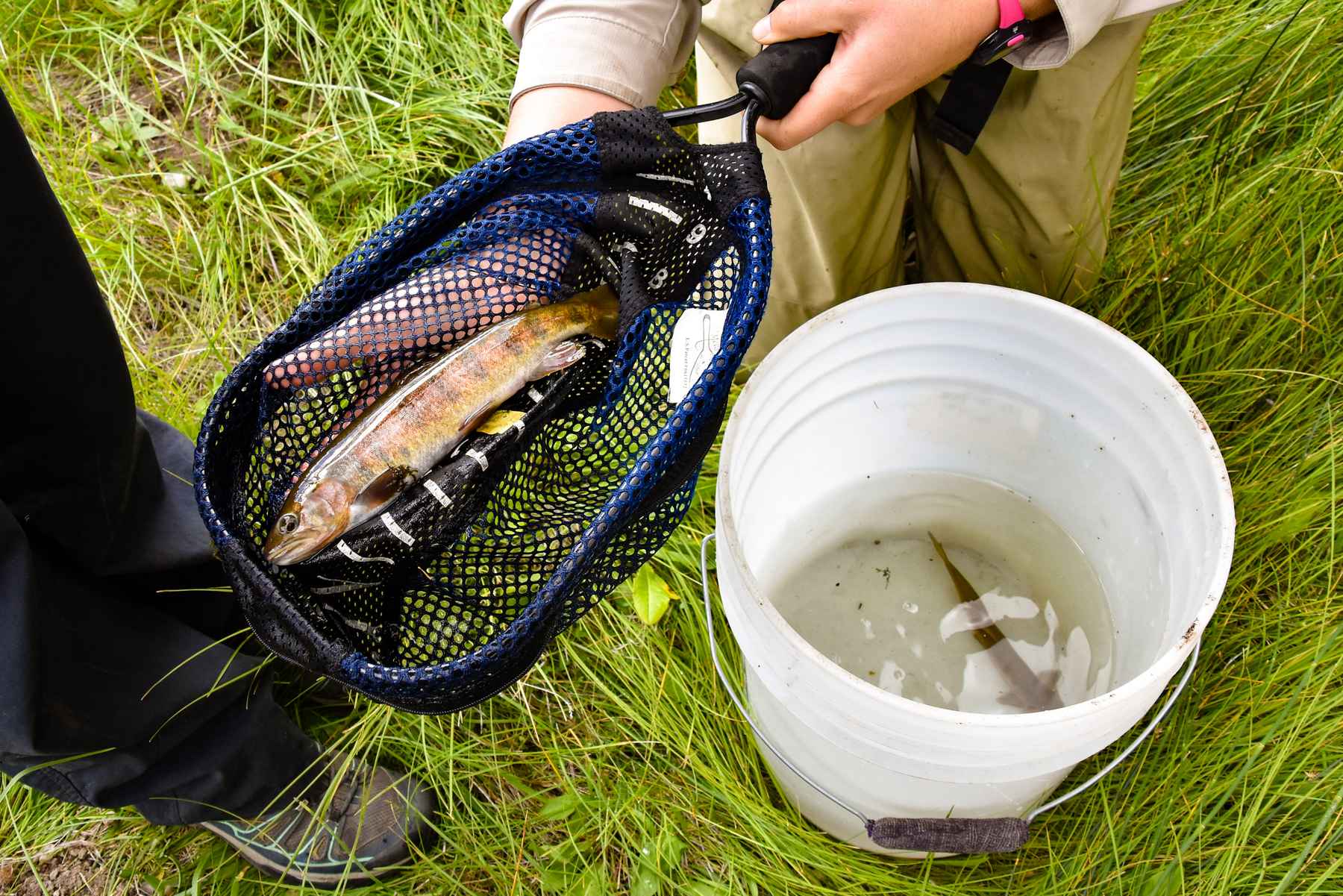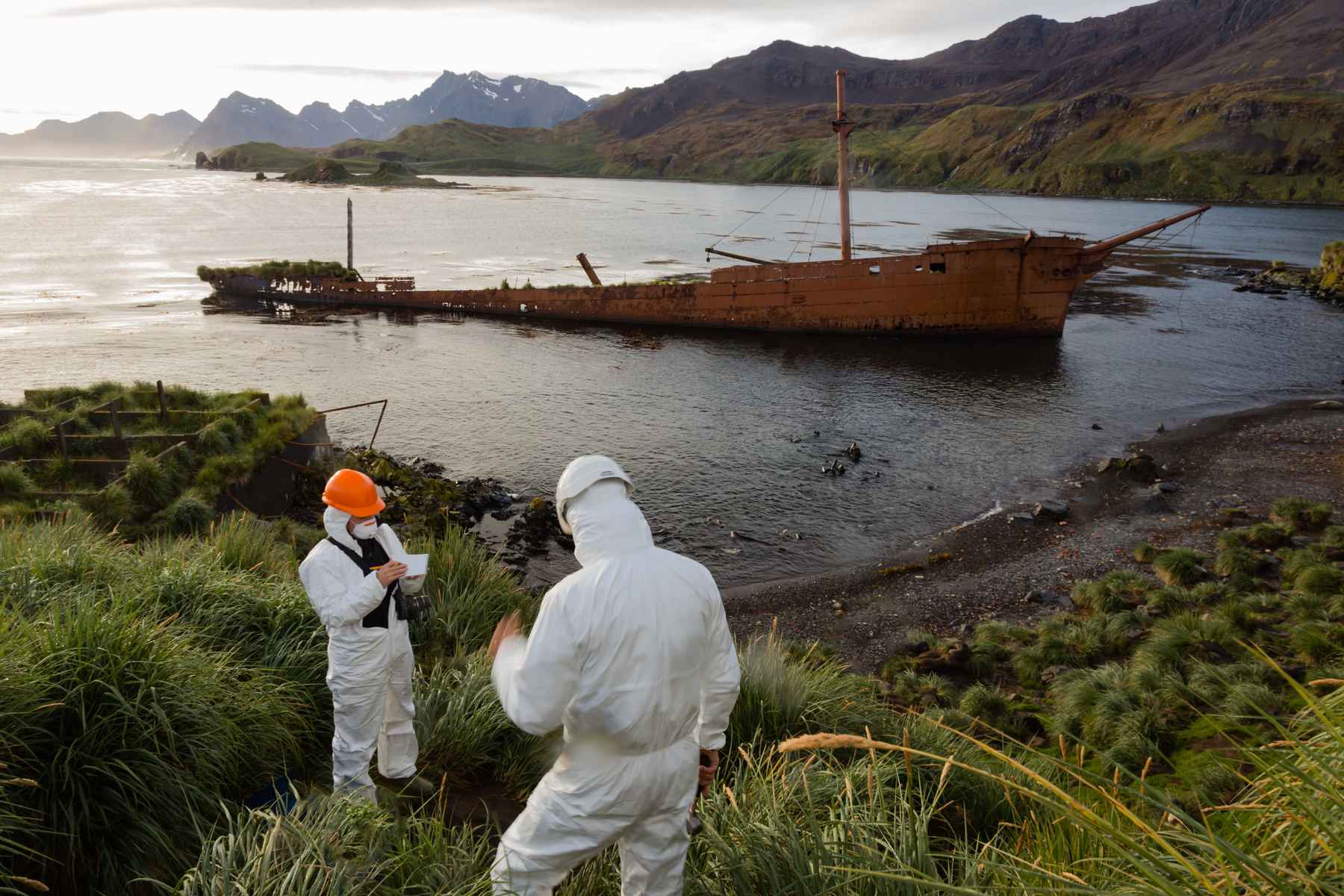Some AMD streams have pHs so low that no fish can live there. If the pH is raised to a level that brook trout can tolerate, but brown trout cannot, the result can be good brook trout populations, including large brook trout. But if the pH is raised to the point that brown trout can live there, then brown trout will out-compete the brook trout. Whether the stream is stocked or not, wild brown trout will show up there, because they are all through our watersheds, and will either swim there, or be transported there by "bucket biologists."
So, the answer may be for AMD remediation to make a goal of reaching the "sweet spot" where brook trout can survive, but brown trout cannot. Rather than a goal of taking the pH up to or near pH 7.
I made up a slogan: "Titration for remediation."








